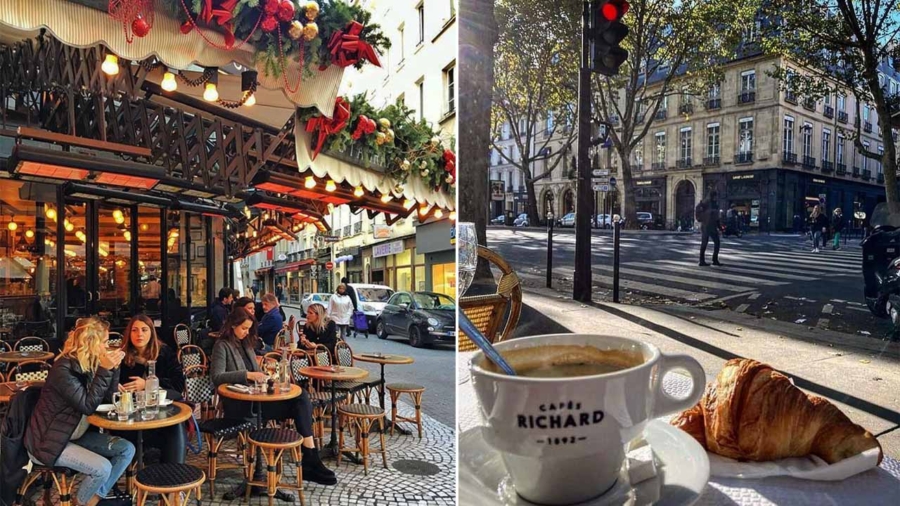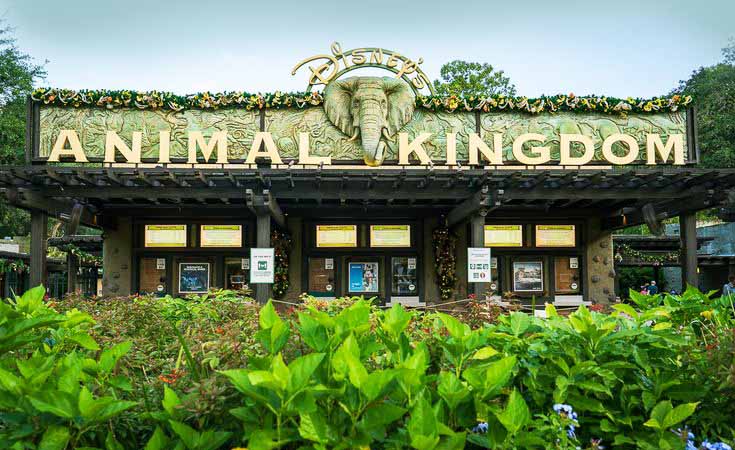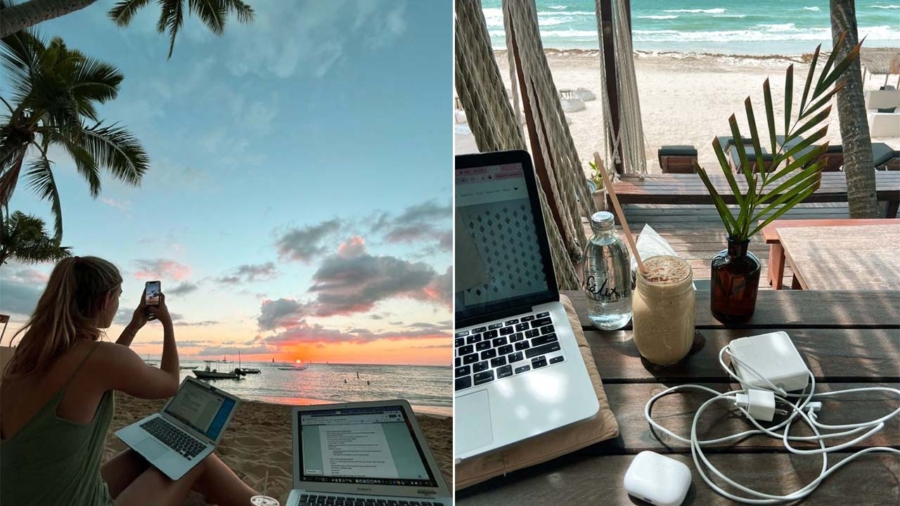Discover the best coffee shops in Paris with stunning views of iconic landmarks. Perfect cafés for travelers, coffee lovers, and Instagram-worthy moments.
Best Coffee Shops in Paris
Paris is not only the city of love and lights but also a haven for coffee enthusiasts. Beyond its charming boulevards and historic landmarks, the city offers a café culture that is deeply woven into Parisian life. For travelers, sipping a perfectly brewed coffee while gazing at the city’s breathtaking scenery is an unforgettable experience. That’s why exploring the best coffee shops in Paris is about more than just the drink — it’s about soaking in the atmosphere and enjoying iconic views.
From cobblestone streets lined with artistic cafés to elegant rooftop terraces that overlook the Eiffel Tower, Paris offers countless spots where coffee meets culture. The best coffee shops in Paris with stunning views combine world-class flavors with panoramic backdrops, turning an ordinary coffee break into a memorable travel moment. Whether you’re a first-time visitor or a frequent traveler, uncovering these cafés will give you a fresh perspective on the city.
In this guide, we’ll highlight where to find these exceptional cafés, what makes them stand out, and how to enjoy your Parisian coffee experience like a local.
Table of Contents
Top Coffee Shops in Paris with Stunning Views
When it comes to combining incredible scenery with rich, flavorful brews, the best coffee shops in Paris never disappoint. Each café offers a unique setting, from historic landmarks to modern rooftops, allowing visitors to enjoy both the taste of authentic coffee and the beauty of the city. Below are some of the most remarkable cafés where views and vibes go hand in hand.
1. Café de Flore – Iconic Parisian Vibes

One of the oldest and most famous cafés in the city, Café de Flore is not just about coffee — it’s about history and atmosphere. Sitting at a street-side table, you can enjoy the charm of Parisian life unfolding around you. As one of the best coffee shops in Paris, this spot offers an authentic glimpse into the city’s café culture while you sip a cappuccino and watch the world go by.
2. Le Café Marly – Overlooking the Louvre

If you’re looking for a coffee break with an artistic backdrop, Le Café Marly is a must-visit. Situated within the Louvre’s courtyard, this café gives you spectacular views of the iconic glass pyramid. Many travelers list it among the best coffee shops in Paris with stunning views because it combines fine French coffee with one of the city’s most celebrated landmarks.
3. Terrasse de l’Hôtel Raphaël – Rooftop Elegance

For those who enjoy luxury and panoramic cityscapes, Terrasse de l’Hôtel Raphaël is a hidden gem. From this rooftop café, you’ll enjoy sweeping views of the Eiffel Tower and Arc de Triomphe. It’s no surprise that it often makes it onto lists of the best coffee shops in Paris, especially for travelers who love sipping coffee against a breathtaking skyline.
4. Café de l’Homme – Eiffel Tower Backdrop

Few places offer a more picture-perfect setting than Café de l’Homme. Located at Trocadéro, this café serves delicious coffee while presenting you with one of the most iconic views in the world: the Eiffel Tower. For coffee lovers and photographers alike, this spot deserves its reputation as one of the best coffee shops in Paris.
5. Le Perchoir – Trendy Rooftop Café

Le Perchoir brings together modern design, lively energy, and an unbeatable rooftop view. Known for its chic vibe and excellent coffee, it’s a favorite among young Parisians and travelers alike. When it comes to stylish experiences, it stands out as one of the best coffee shops in Paris to relax, socialize, and enjoy the city from above.
6. Café Kitsuné – Scenic Spot in Palais Royal

Nestled inside the gardens of Palais Royal, Café Kitsuné offers a cozy, contemporary twist on the Parisian coffee experience. Visitors can enjoy specialty coffee surrounded by elegant arcades and lush greenery. This tranquil setting makes it one of the best coffee shops in Paris for those seeking both great taste and timeless beauty.
Best Views to Enjoy with Your Coffee
The beauty of Paris is that every coffee break can feel like a postcard moment. From historic landmarks to hidden rooftops, the city offers backdrops that make your coffee experience truly unforgettable. Many of the best coffee shops in Paris are not only known for their brews but also for the incredible sceneries that surround them. Here are some of the most breathtaking views you can enjoy while sipping your cup.
Eiffel Tower Views
Nothing defines Paris quite like the Eiffel Tower, and some of the best coffee shops in Paris give you a direct view of this global icon. Whether it’s Café de l’Homme at Trocadéro or the rooftop terrace of Hôtel Raphaël, these cafés turn an ordinary cappuccino into a memorable moment. Watching the tower sparkle at night with a warm cup in hand is a must for every traveler.
Rooftop Panoramas of Paris
For sweeping cityscapes, rooftop cafés such as Le Perchoir and Terrasse de l’Hôtel Raphaël are unmatched. These spots are among the best coffee shops in Paris with stunning views because they allow you to see the city from above — the rooftops, monuments, and skyline all in one glance. It’s the perfect way to appreciate Paris while enjoying a freshly brewed espresso.
River Seine Cafés
Along the Seine, you’ll find several cafés where the gentle flow of the river sets the perfect mood. Watching boats pass while sipping a latte offers a slower, more romantic side of Paris. It’s no wonder many travelers consider these riverside gems to be part of the best coffee shops in Paris experience.
Artistic Neighborhood Streets
Sometimes the best view is not a landmark but the charming life of Parisian streets. In areas like Le Marais or Montmartre, cafés open onto cobblestone alleys filled with artists, musicians, and local flair. These cafés may be small, but they are still among the best coffee shops in Paris for travelers who want to soak up authentic Parisian culture.
Tips for Coffee Lovers in Paris
Exploring the best coffee shops in Paris is an experience that goes beyond simply finding a good cup of coffee. To truly enjoy the city’s café culture, it helps to know a few insider tips that will make your visit more authentic and memorable.
Best Time to Visit Cafés
Many of the best coffee shops in Paris get crowded, especially those with famous views like the Eiffel Tower or the Louvre. To avoid long waits and secure a good spot, try visiting early in the morning or during late afternoons. These times also let you enjoy a quieter, more relaxed atmosphere.
Understanding Parisian Coffee Culture
Unlike in some countries where takeaway coffee is common, Paris encourages a slower, more intentional coffee experience. At the best coffee shops in Paris, you’re expected to sit down, savor your drink, and enjoy the surroundings. Ordering “un café” typically means a small espresso, while lattes and cappuccinos are enjoyed mostly in the morning.
Avoiding Tourist Traps
While Paris is filled with cafés, not all of them live up to the hype. Some tourist-heavy spots may charge more for average coffee. To truly enjoy the best coffee shops in Paris, look for those recommended by locals or tucked away in neighborhoods like Le Marais or Saint-Germain. These often serve higher-quality coffee at better prices.
Blending In Like a Local
Parisians appreciate good manners in cafés. A friendly “Bonjour” when you enter and “Merci” when you leave go a long way. At many of the best coffee shops in Paris, staff are happy to recommend drinks or pastries if you show interest in their menu. Embracing these small gestures can enhance your overall coffee experience.
Frequently Asked Questions (FAQ)
Travelers often have many questions before visiting the best coffee shops in Paris, from pricing to etiquette. Here are some common FAQs to help you plan your perfect Parisian coffee experience.
Is coffee expensive in Paris cafés?
Coffee prices in Paris can vary depending on the location and the type of café. While the best coffee shops in Paris with iconic views or central locations might be slightly more expensive, most cafés offer reasonably priced options. Expect to pay a bit more for specialty drinks, rooftop views, or historic cafés, but the experience is often worth every euro.
Do Paris coffee shops offer free Wi-Fi?
Some cafés provide free Wi-Fi, but it’s not guaranteed everywhere. The best coffee shops in Paris tend to focus on creating a traditional café experience, encouraging visitors to relax and enjoy the ambiance rather than work online. If you need Wi-Fi, it’s best to check the café in advance or choose modern spots like Café Kitsuné or Le Perchoir.
What is the most famous Parisian café?
Paris is home to many legendary cafés, and Café de Flore and Les Deux Magots often top the list. They are frequently included among the best coffee shops in Paris for travelers seeking historic charm, iconic Parisian vibes, and a true cultural experience.
Can I get vegan or specialty options in Paris cafés?
Yes! Many of the best coffee shops in Paris now offer plant-based milk alternatives, gluten-free pastries, and specialty drinks to cater to diverse tastes. Whether you’re vegan or simply looking for something unique, you can enjoy a great coffee experience while exploring the city.
Are reservations needed for popular cafés?
For cafés with stunning views or rooftop terraces, reservations can be helpful, especially during peak tourist season. The best coffee shops in Paris with panoramic cityscapes often fill up quickly, so booking ahead ensures you get a prime spot to enjoy both the coffee and the view.





















